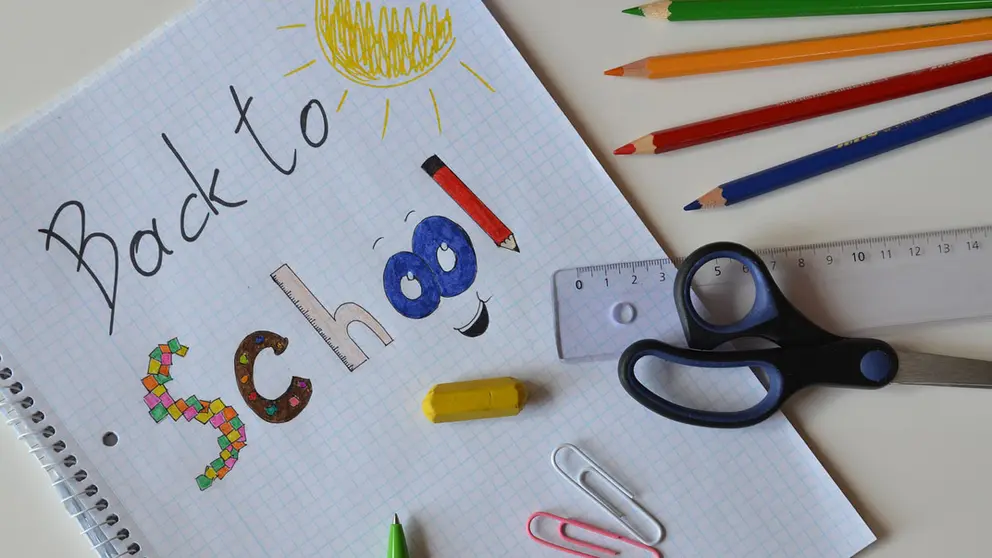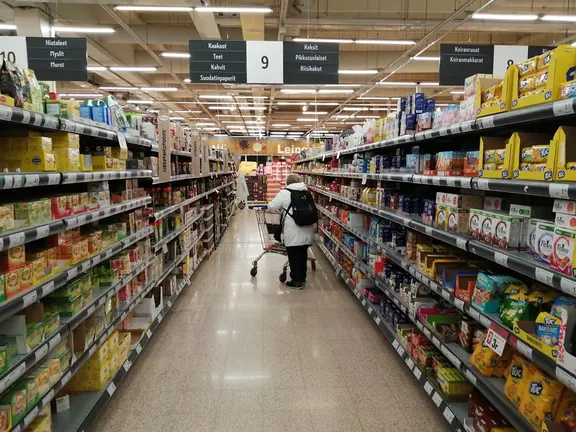Despite the contrary view expressed by many parents and some teachers, today, Thursday 14 May, schools are reopening and contact teaching in early childhood education and care and in primary and lower secondary education will resume in Finland.
For general upper secondary schools, vocational education and training institutes, universities and universities of applied sciences, as well as for educational institutions that provide liberal education and basic adult education, the Government recommends that distance learning be continued until the end of term.
The Finnish National Agency for Education, the Ministry of Education and Culture and the Finnish Institute for Health and Welfare (THL) suggest to follow hygiene guidelines, avoid and reduce unnecessary close contacts and to organise teaching areas more spaciously than usual, among other things.
Large gatherings, such as graduation ceremonies, should not be organised, the Ministry of Education and Culture said in a press release.
Government says education providers and early childhood education providers can make arrangements that suit their own needs the best in order to resume their work safely.
The recommendations
For early childhood education and primary and lower secondary education:
- Apart from children and staff members, avoid allowing outsiders from spending time in or around schools and early childhood education centres and their surrounding areas.
- The regulations on group sizes and staffing sizes are in force as enacted in the legislation on early childhood education and care and on basic education.
- Staff members in early childhood education and care should work with one and the same group of children. As a rule, to prevent the spread of infections staff members should not move from one unit to another.
- No regulations on safe distances between people have been issued in the instructions for early childhood education and care and for primary and lower secondary education. Classrooms and other spaces will be arranged so that there is more space between each individual. Groups do not need to be divided.
- Staff members must avoid assembling, which means for example that teachers should hold their meetings primarily remotely.
- Schools should arrange their classrooms and spaces in such a way that there are fewer students in the same space than normally.
- In primary schools, the different teaching groups are to be kept separate throughout the school day. In lower secondary schools and in optional subjects, the teaching groups may change if the teaching cannot be organised any other way.
- If keeping teaching groups separate is impossible in secondary schools, for example, effort should be made to create spaciousness and to stagger teaching as far as possible.
- School meals should be held individually with the students’ own class or group; no joint meals in the lunchroom. The lunchroom can be used in turns.
- Risk groups: In the case of a child or a family member with a severe underlying condition or one who needs regular medication that compromises defence mechanisms, the attending doctor assesses whether the child can return to school or early childhood education. For those working in schools and early childhood education and care, the measures are based on a risk assessment carried out by the employer. Occupational healthcare supports the employer in the risk assessment. Selected items from the instructions: upper secondary education, higher education and liberal education
For upper secondary education, higher education and liberal education
- Use remote connections for lecture events organised for large groups.
- In contact teaching, safe distances should be ensured by organising the spaces so that there is a distance of 1 to 2 metres between each individual.
- The use of student canteens and other eating areas can be used in turns. It must be possible to avoid close contact during meals and to keep a safe distance between diners.
- Students in the dormitories of educational institutions can live in shared rooms if it involves long-term accommodation. In the case of short-term accommodation, policy decisions are made locally. The educational institutions must keep records of each person who has used their accommodation on a room-by-room basis so that infections can be traced later, if necessary.
- The educational institutions are entitled to restrict the presence of those who are not students or staff in their educational institution.
- Public events organised by educational institutions must comply with the recommendations on restrictions on gatherings and the decisions of the Regional State Administrative Agencies on public events in accordance with the Communicable Diseases Act.
- Separate instructions will be issued on the organisation of university entrance examinations.
Who must remain at home
The Ministry of Education and Culture says those who are sick or have symptoms suggestive of respiratory infection must not take part in early childhood education and care, in teaching or any other activities organised in the premises of educational institutions.
Good hand hygiene and cough hygiene prevents infections. The instructions draw special attention to this as well as to good cleaning practices. There are currently no general recommendations on the use of masks. The instructions note that a mask can be used if you wish, taking into account the instructions for its use.
If someone in early childhood education and care, in school or in an educational institution is diagnosed with Covid-19, those who might possibly have been exposed to it are tracked down and quarantined for 14 days.
The person infected with coronavirus must stay away for at least 14 days from the onset of symptoms. The earlier instructions for early childhood education and care and comprehensive schools have also been harmonised so that the infected person must be absent for at least 14 days instead of 7 days and have been asymptomatic for at least two days.












